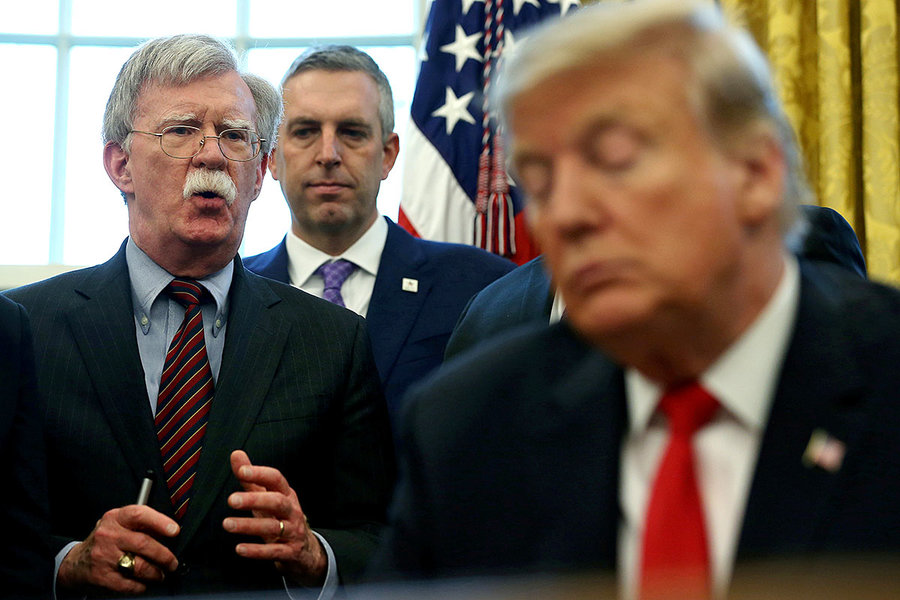
“More bureaucracy!” is perhaps not the best rallying cry. But what if streamlining leads to disbanding a pandemics office? The current crisis highlights both sides of the issue.
When PBS journalist Yamiche Alcindor recently asked President Donald Trump about his decision to disband the National Security Council’s office for pandemics, Mr. Trump said the question was “nasty.”
But it pointed to a fundamental tension in Mr. Trump’s view of government. Can he “streamline” a government that he feels has become too bloated while maintaining its ability to act effectively?
The administration sees this as essential work, returning the NSC to its core function as an advisory body of several executive branch secretaries serving the president – instead of a growing bureaucracy pursuing a variety of agendas.
But some former NSC officers from both Republican and Democratic administrations worry that Mr. Trump has cut into the meat of the NSC. The disbanding of the pandemics office in 2018 under John Bolton, which was then folded into a broader directorate on issues such as nuclear proliferation and terrorism, shows the costs of such downsizing, they say.
“We live in an era of recurrent crises of this kind [like coronavirus] that come with greater velocity, greater impact, and cost, and we need a facility within ... the White House that has the authority to see around corners, see things early, act very quickly, and bring about accountability and coordination of the U.S. response,” says Stephen Morrison, director of the Global Health Policy Center at the Center for Strategic and International Studies in Washington. “That has been missing” with the disbanding of the White House pandemics office.
“Some of the sluggishness and confusion that we have seen bedevil this effort since the very beginning ... [is connected to the] absence of effective structures within the White House itself,” he adds.










